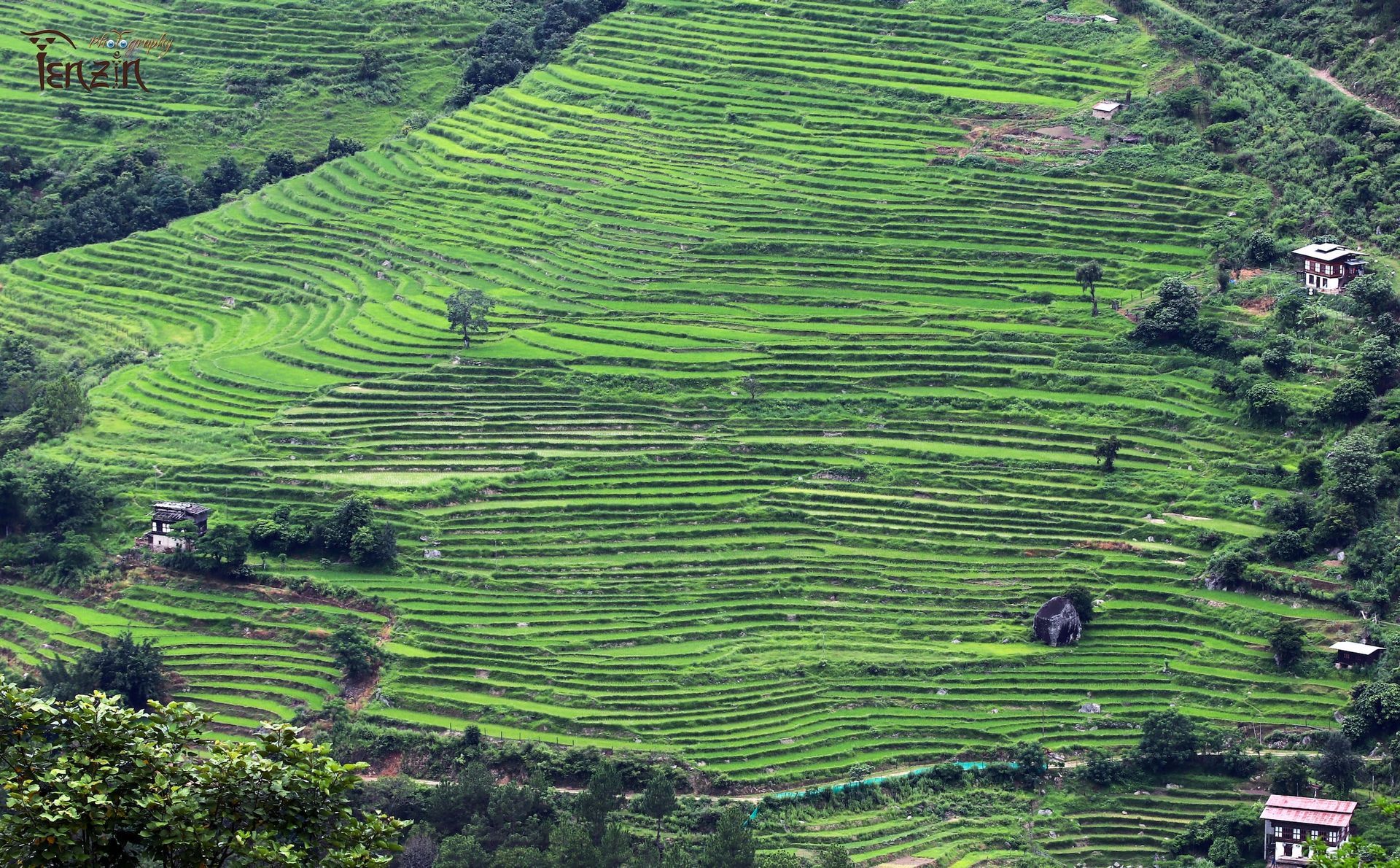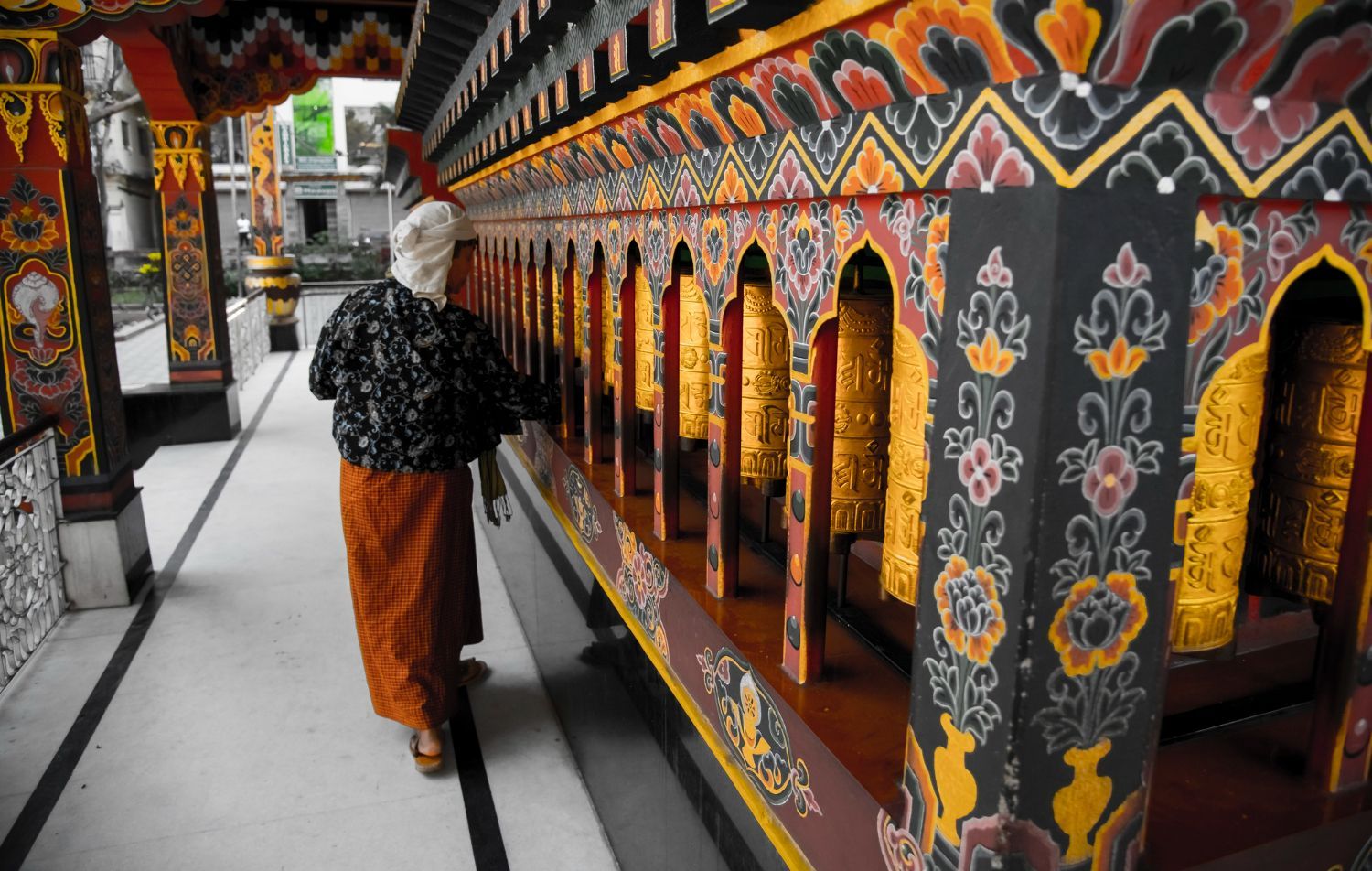Get in touch
+44 (0)800 1700270
sales@manningtravel.co.uk
Bhutan
Key Facts
Annual Visitors : 315,000
Capital : Timphu
Land Area : 38,394sqkm | 14,824sqm
Population : 777,486
Languages : Dzongkha
Currency : Indian Rupee
About
Bhutan is a small, landlocked country in the Eastern Himalayas. It is known for its stunning natural beauty, its rich cultural heritage, and its commitment to sustainable development.
The country is home to several UNESCO World Heritage Sites, including the ancient city of Thimphu and the sacred site of Punakha Dzong. Bhutan is also a popular destination for trekking, hiking, and wildlife viewing.
Why Go
- Visit the Tiger's Nest Monastery (Taktsang Palphug). This iconic monastery is perched on a cliff 900 meters above the Paro Valley with stunning views.
- Bhutan is a hiker's paradise, with a variety of trails to choose from, ranging from easy to challenging. You can trek through lush forests, snow-capped mountains, and even ancient temples.
- Visit the Punakha Dzong one of the most important religious sites in Bhutan.
- Explore Thimphu, the capital of Bhutan. Thimphu is a small, charming city with a unique blend of Buddhist and modern influences.
- Bhutan is home to a variety of wildlife, including snow leopards, tigers, and takin (a rare mountain goat). There are several national parks and wildlife sanctuaries.
- Relax in a spa. Bhutan is home to several traditional Bhutanese spas, where you can enjoy massages, facials, and other treatments.
Travel Guides
PARO

Nestled in a scenic valley, Paro is Bhutan's gateway, home to the iconic Tiger's Nest monastery, traditional dzongs, and breathtaking landscapes.
THIMPHU

Thimphu, Bhutan's serene capital, blends traditional Buddhist architecture and modern sensibilities, offering a tranquil escape amidst the majestic Himalayas.
WANGDUE

Nestled amidst breathtaking landscapes and steeped in rich cultural heritage, it is a haven for nature enthusiasts and spiritual seekers.
PHUENTSHOLING

Phuentsholing, Bhutan's largest commercial center, offers a vibrant blend of traditional and modern life, from bustling markets to ancient temples.
Map
Videos
Spring (March to May): This is a popular time to visit Bhutan, as the weather is pleasant and there are a variety of flowers in bloom. The average temperature ranges from 15°C to 25°C, and there is very little rainfall. This is a good time to go trekking, hiking, and visiting temples.
Summer (June to August): The summer is the wet season in Bhutan, with average temperatures ranging from 20°C to 30°C. There is a lot of rainfall during this time, so some roads and trails may be impassable. However, the summer is also a good time to see the countryside at its greenest and to visit waterfalls.
Autumn (September to November): Autumn is a shoulder season in Bhutan, with average temperatures ranging from 15°C to 25°C. There is less rainfall than in the summer, and the weather is still pleasant. This is a good time to go trekking, hiking, and visiting temples.
Winter (December to February): Winter is the coldest season in Bhutan, with average temperatures ranging from 0°C to 15°C. There is very little rainfall, but the days can be short and the nights can be very cold. This is a good time to see the snow-capped mountains-, and to visit festivals.
When to go
Products
Inspiration
Company
Policies
Travel Information
Some of the flights and flight-inclusive holidays on this website are financially protected by the ATOL scheme. But ATOL protection does not apply to all holiday and travel services listed on this website. This website will provide you with information on the protection that applies in the case of each holiday and travel service offered before you make your booking. If you do not receive an ATOL Certificate, then the booking will not be ATOL protected. If you do receive an ATOL Certificate but all the parts of your trip are not listed on it, those parts will not be ATOL protected. Please see our booking conditions for information, or for more information about financial protection and the ATOL Certificate go to: www.caa.co.uk”
We accept

All Rights Reserved | Manning Travel t/a Travel Shop Websites
